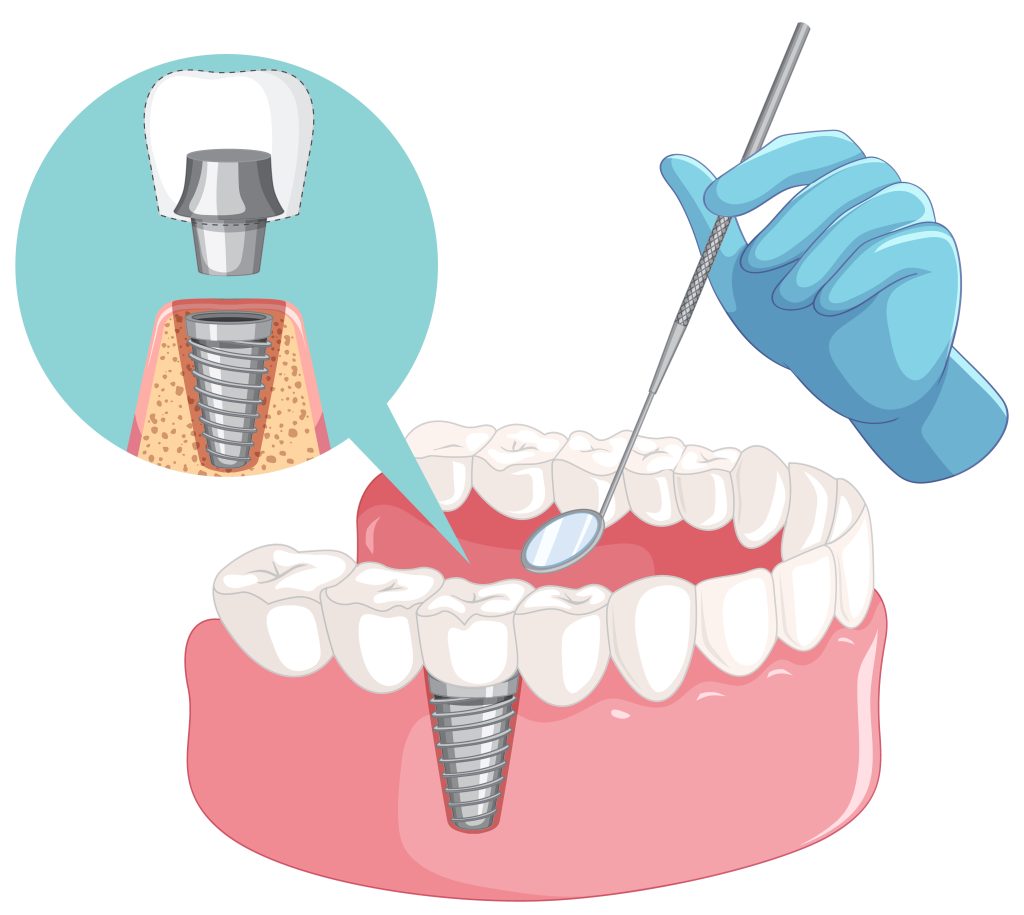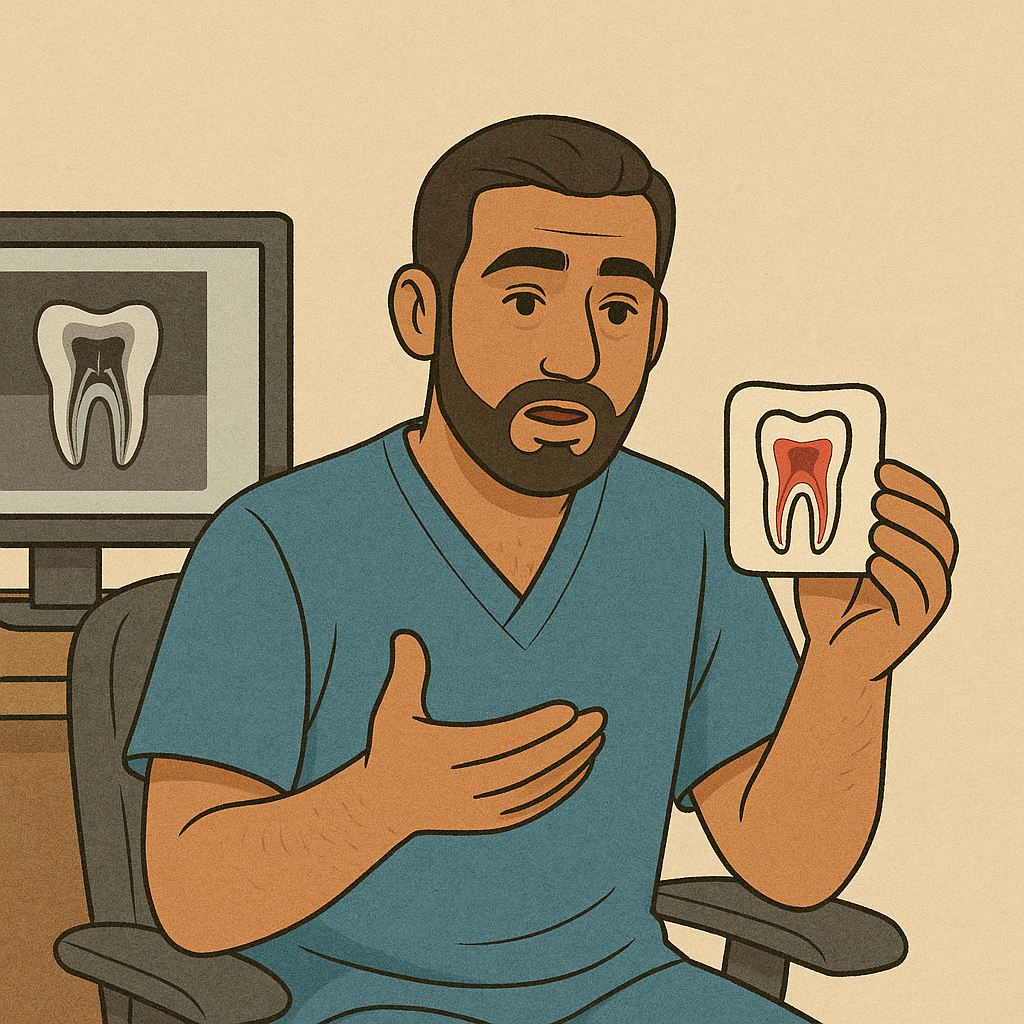Cone Beam Computed Tomography (CBCT): Advanced 3D Imaging in Dentistry
How Does CBCT Work?
CBCT uses a cone-shaped X-ray beam that rotates around the patient’s head, capturing multiple images from different angles. These images are then compiled into a 3D model, allowing dentists to assess oral structures with exceptional clarity.
Benefits of CBCT in Dentistry
- Precise Diagnosis – Offers a highly detailed view of teeth, bones, and nerves, improving accuracy.
- Enhanced Treatment Planning – Ideal for dental implants, orthodontics, and complex surgical procedures.
- Lower Radiation Exposure – Compared to traditional CT scans, CBCT uses significantly less radiation.
- Improved Patient Communication – Patients can better understand their treatment plans with 3D visualizations.
- Quick and Painless – The scan takes only a few seconds and is non-invasive.
Common Applications of CBCT
- Dental Implants – Helps assess bone density and optimal implant placement.
- Orthodontics – Provides detailed images for precise tooth movement planning.
- Endodontics – Detects root canal infections, fractures, and anomalies.
- Jaw Disorders (TMJ Analysis) – Evaluates temporomandibular joint disorders.
- Surgical Planning – Aids in complex procedures like wisdom tooth extraction and bone grafting.
- Detection of Pathologies – Identifies cysts, tumors, and other abnormalities.
Is CBCT Safe?
CBCT is a safe and effective imaging method, utilizing lower radiation doses than conventional medical CT scans. However, as with any X-ray procedure, it should only be used when necessary to minimize exposure.
When Should You Consider a CBCT Scan?
Your dentist or oral surgeon may recommend a CBCT scan if you:
- Require dental implants or orthodontic treatment.
- Experience unexplained jaw pain or TMJ issues.
- Need a detailed assessment of root canals or impacted teeth.
- Are undergoing complex oral or maxillofacial surgery.
Conclusion
Cone Beam Computed Tomography (CBCT) has revolutionized modern dentistry, offering unparalleled diagnostic capabilities and treatment precision. If your dentist recommends a CBCT scan, it is a valuable tool that ensures better outcomes for your oral health. Schedule a consultation to learn how CBCT can enhance your dental care experience.
























